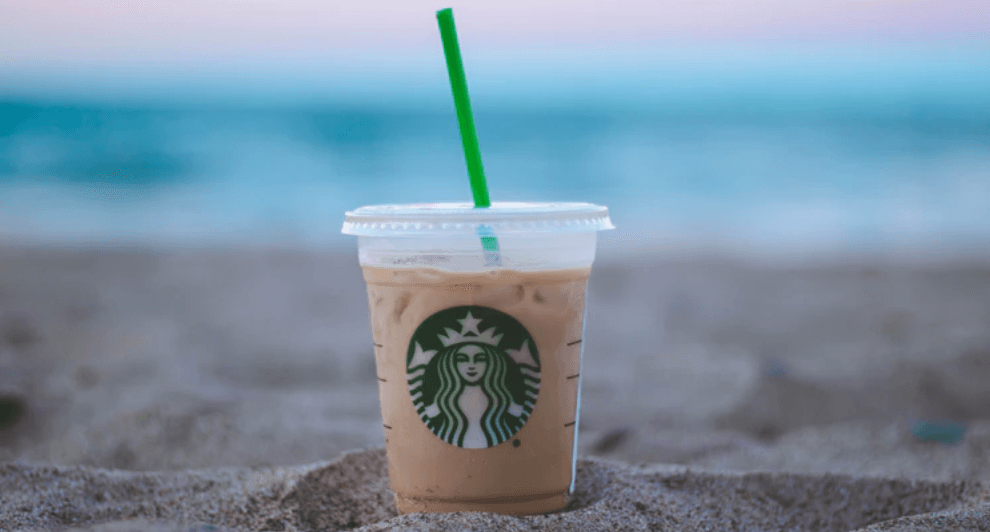Photos and images have always been a critical part if visual communication, which is why it is so important to make sure that your website makes the most out of the images that you pick.
It is the reason why 51% of B2B marketers prioritize the creation of visual assets as part of the content strategy.
Your audience is probably smarter than you might assume. They are able to identify when you use a common stock image, particularly one that’s low-quality and irrelevant.
If you choose the wrong image, you can easily ruin your website in various ways. It has the potential to affect both the UX and UI, which is why you must make a wise selection.
If you are not sure about the kind of image that you should use, how to make sure that it provides SEO value and save it as the right file type, keep reading:
1. Use High-Quality Images
Always ensure that the images you choose are high quality. Images with a high resolution and large pixels are ideal. Regarding size, think about how the website will look on both a mobile and desktop device.
A favorite example is that of Airbnb’s homepage. While the focus of the page is still booking, the user’s eye can’t help but be drawn to the visually appealing and high-quality image in the background.
2. Make Images Relevant to Your Brand

Make Images Relevant to Your Brand
No matter the purpose of your website or what you are selling, the images you choose must be relevant to your brand as well as its goal. You can find suitable free images for designing graphics here – these would be ideal for such a requirement.
3. Use Images with a Call-to-Action
If you want website visitors or customers to do something specific make your images double up as a calls-to-action. Brands in the food industry do this well often.

For example, Starbucks, which has a constantly evolving and changing menu makes it easy to decide which espresso to order next time you need an extra caffeine dose.
4. Let the Image Talk for You
Use an engaging image to hook your website visitors. Instead of loading your website with a lot of text, use an image to help you get the point across. Even though the text might be good read, not all customers will take time to read it or even care.
5. Showcase Actual People

One great way to potentially boost your website’s conversion rate is to choose an image that includes people. Whenever possible avoid using stock photos and use images of real people instead.
You don’t want the image that you choose to be on hundreds of other websites out there and that’s exactly what’s likely to happen if you use stock images.
6. Image SEO Optimization

No matter whether you have an online store, blog, or simply a regular website you wish to enhance with top-notch images, it can be worth your time to optimize for each image that you upload.
The first step is to ensure that the images look good. Next, you need to ensure that the search engines can easily index them by making sure that you name the image file properly.
Have you ever come across an image saved as “Screen Shot 2023-08-10” or “Photo_01.jpg”? This is one big no-no with regards to images on your site.
When you name your images, be consistent and avoid spaces or punctuation. It can also be a good idea to use a hyphen rather than an underscore in the name.
How to name the Image File
Once you have formatted the image file name correctly, you should not forget about the Alt text that also adds SEO value.

Alt text is usually short, typically a 100-character description of what the image shows. While the text will not be visible to website visitors it helps the search engines get an idea of what the image is about. The text can also help visually impaired users to navigate your website using audio-based software.
7. Use the Right Type of Image File
If you are not sure of the image file type to use, here is a breakdown of the most common types:
JPG: It is a file that’s best used for photographs since they can handle the colors in small yet efficient file size. If you choose this file type, you don’t have to worry about a massive file that can help with the loading time of the image.
PNG: It is a file type that’s ideal for graphics, especially using flat or large areas of color. This includes most infographics, designs, logos, and text-heavy images. PNGs also support transparent background, which is great for logos. If you can, always save PNGs as “24-bit” format for a richer color display and better quality.
Make your site picture perfect
The right image on your site is like the icing on the cake. It is what brings everything together and if you choose the right one, it will ensure that your site is pleasing to the visitor in such a way that he/she looks forward to coming back for more.